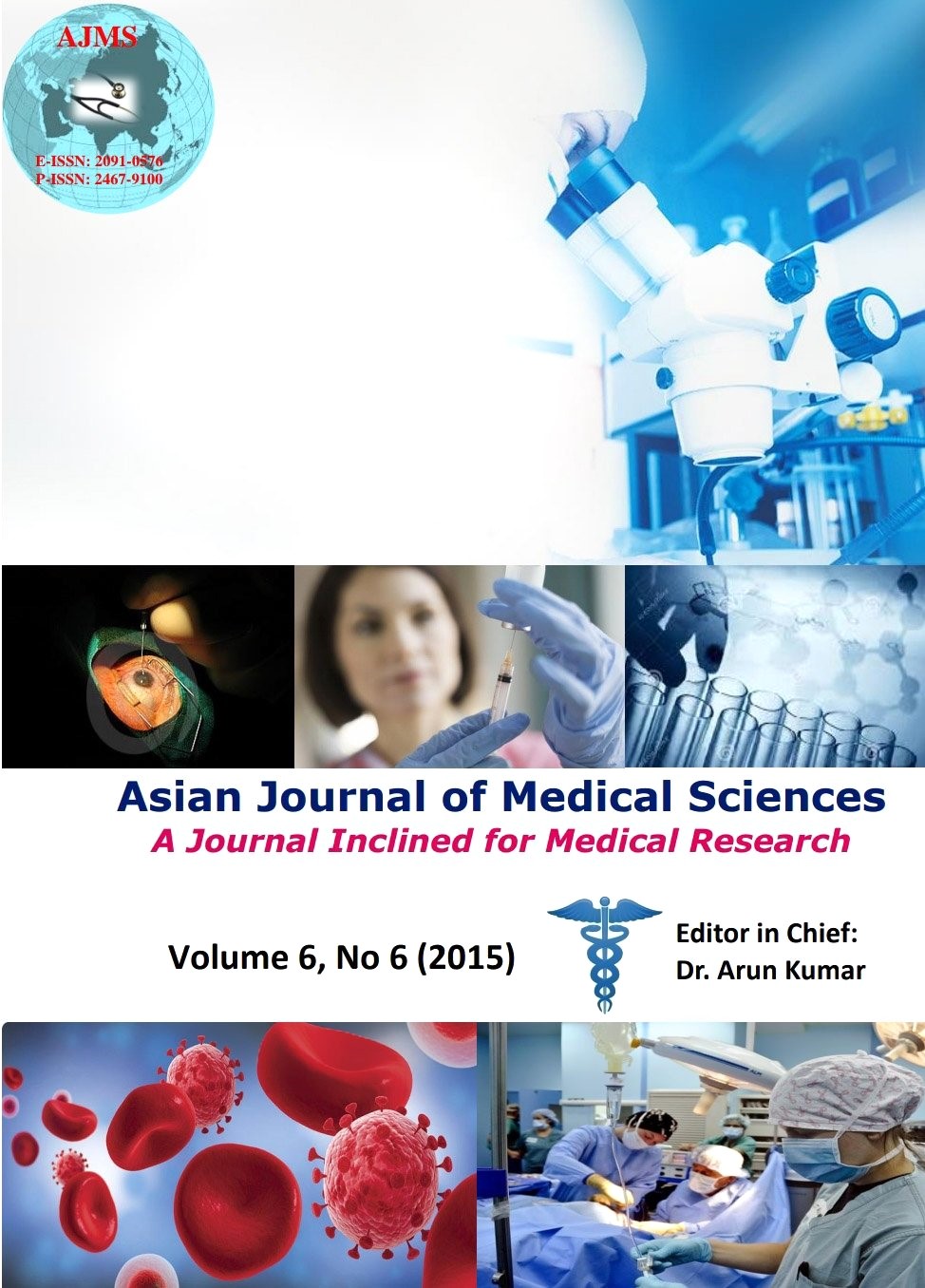New atherogenic indices: Assessment of cardio vascular risk in post menopausal dyslipidemia
Keywords:
Menopausal status, Dyslipidemia, Body mass Index (BMI), Anthropometric parameters, atherogenic indexAbstract
Background: Menopause is the phase of declined ovarian activity and fall in levels of estrogen, usually due to aging and surgical removal of ovaries. Postmenopausal women are at higher risk of developing cardiovascular disease, especially coronary artery atherosclerosis due to elevated levels of plasma lipids. The aim of this study is to observe the relationship between the BMI, anthropometric parameters, lipid profile and determine the role of new atherogenic indices in assessing cardio vascular risk in post menopausal women.
Materials and Methods: A total number of 75 female subjects were participated in this study. Selection of study subjects based upon their menopausal status and levels of lipid profile. In which 51 subjects were considered as control group with pre menopausal status and normal lipid profile. The rest of the 24 subjects were considered as cases group with post menopausal status and elevated lipid profiles. Anthropometric measurements and various atherogenic indices like, Castelli’s Risk Index-I (CRI-I), Castelli’s Risk Index-II (CRI-II), TG/HDL-c ratio, atherogenic Index of Plasma (AIP) and Atherogenic Coefficient (AC) were calculated.
Results: In our study, elevated levels of lipid profile and higher values of anthropometric measurements were (P<0.01; p<0.001) observed in post menopausal than the pre menopausal women. A positive correlation observed comparison between BMI vs. anthropometric measurements but BMI was not correlated with lipid profile & atherogenic indices. All atherogenic indices were found to be significantly (p<0.001) showed higher values in post menopausal women compared to the pre menopausal women. In post menopausal cases, HDL-c was found to be significantly negatively correlated with atherogenic indices and LDL-c was positively correlated with atherogenic indices like CRI-II. These raised atherogenic ratios were can contribute to estimation the risk of cardio vascular disorders (CVD).
Conclusion: These indices are could be used for identifying individual at higher risk of cardiovascular disease in the clinical practices especially, when the absolute values of lipid profile seem normal or higher and not markedly deranged or in centers with insufficient resources.
DOI: http://dx.doi.org/10.3126/ajms.v6i6.12209
Asian Journal of Medical Sciences Vol.6(6) 2015 25-32
Downloads
Downloads
Published
How to Cite
Issue
Section
License
Authors who publish with this journal agree to the following terms:
- The journal holds copyright and publishes the work under a Creative Commons CC-BY-NC license that permits use, distribution and reprduction in any medium, provided the original work is properly cited and is not used for commercial purposes. The journal should be recognised as the original publisher of this work.
- Authors are able to enter into separate, additional contractual arrangements for the non-exclusive distribution of the journal's published version of the work (e.g., post it to an institutional repository or publish it in a book), with an acknowledgement of its initial publication in this journal.
- Authors are permitted and encouraged to post their work online (e.g., in institutional repositories or on their website) prior to and during the submission process, as it can lead to productive exchanges, as well as earlier and greater citation of published work (See The Effect of Open Access).




